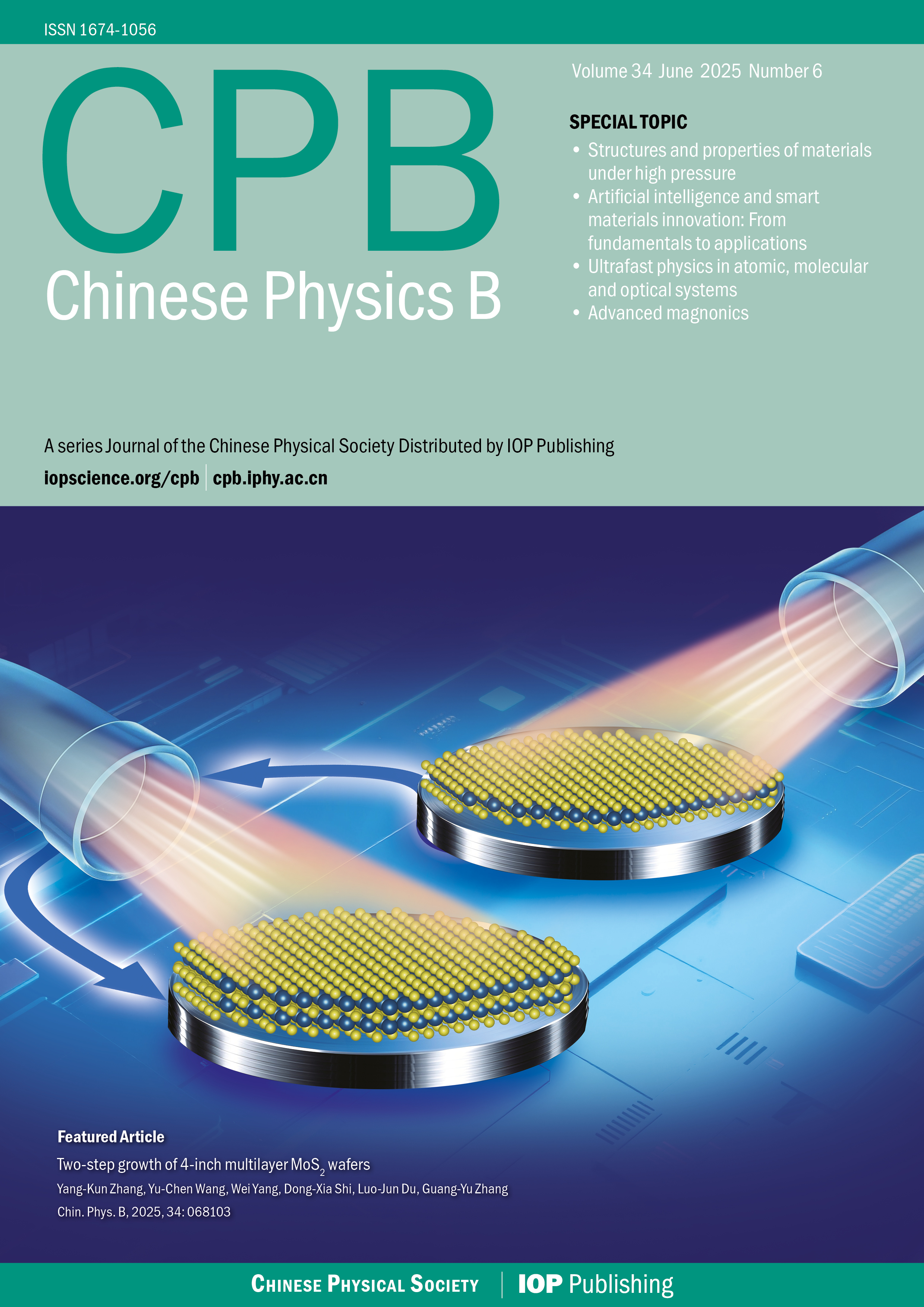Three-mode optomechanical system for angular velocity detection
- Available Online: 01/01/2018
-
Key words:
- optomechanics /
- gyroscope
Abstract: We propose a scheme for measuring the angular velocity of absolute rotation using a three-mode optomechanical system in which one mode of the two-dimensional (2D) mechanical resonator is coupled to an optical cavity. When the total system rotates, the Coriolis force acting on the 2D mechanical resonator due to the absolute rotation will affect the mechanical motion and thus change the phase of the output field from the cavity. The angular velocity of the absolute rotation can be estimated by monitoring the spectrum of the output field from the cavity via homodyne measurement. The minimum measurable angular velocity, which is determined by the noise spectrum, is calculated. The working range of the gyroscope for measuring angular velocity is discussed.

 首页
首页 登录
登录 注册
注册






 DownLoad:
DownLoad: